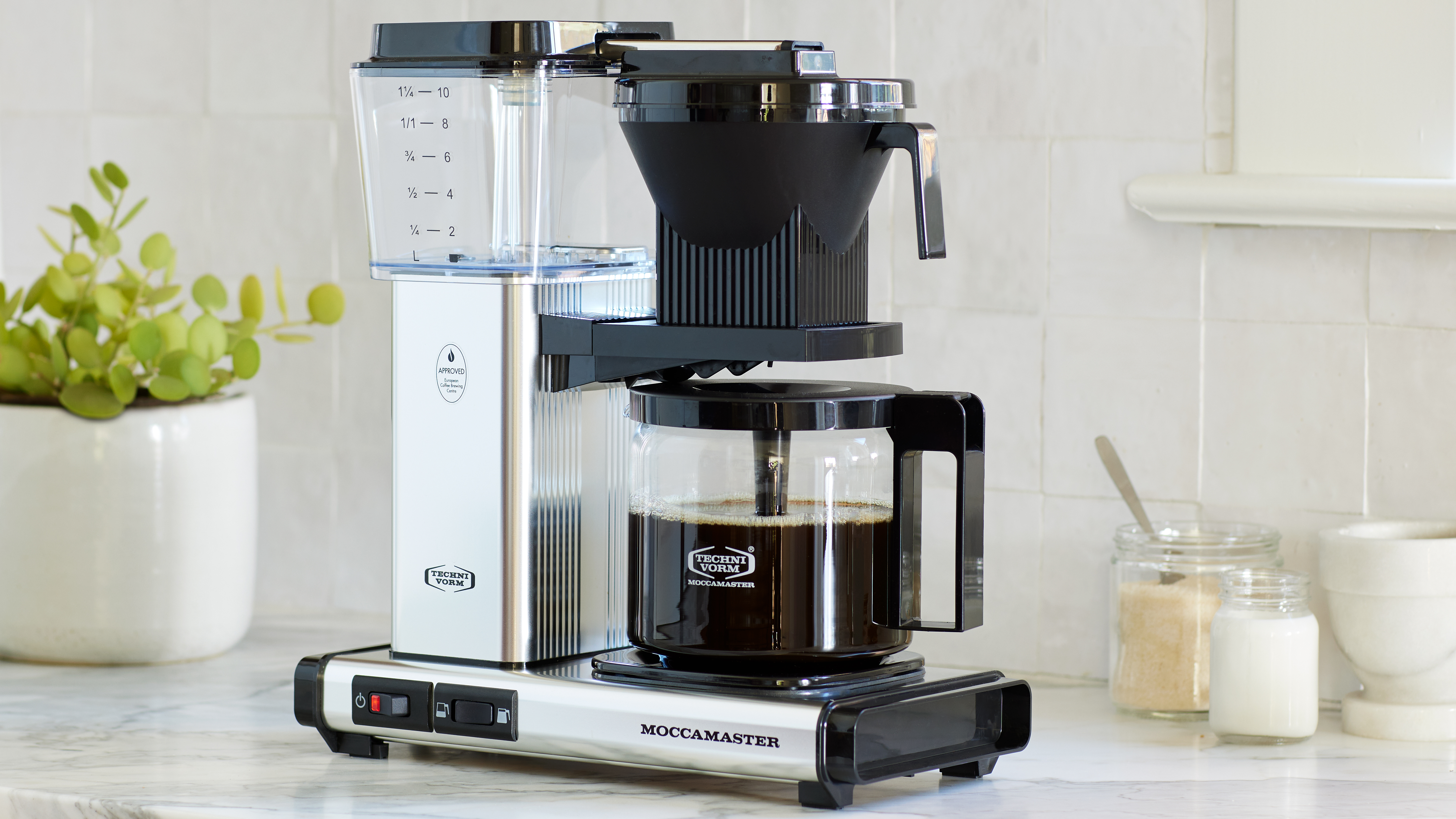What brands can learn from this year's Britpop summer
Learn how to balance nostalgia and innovation with this pro advice.
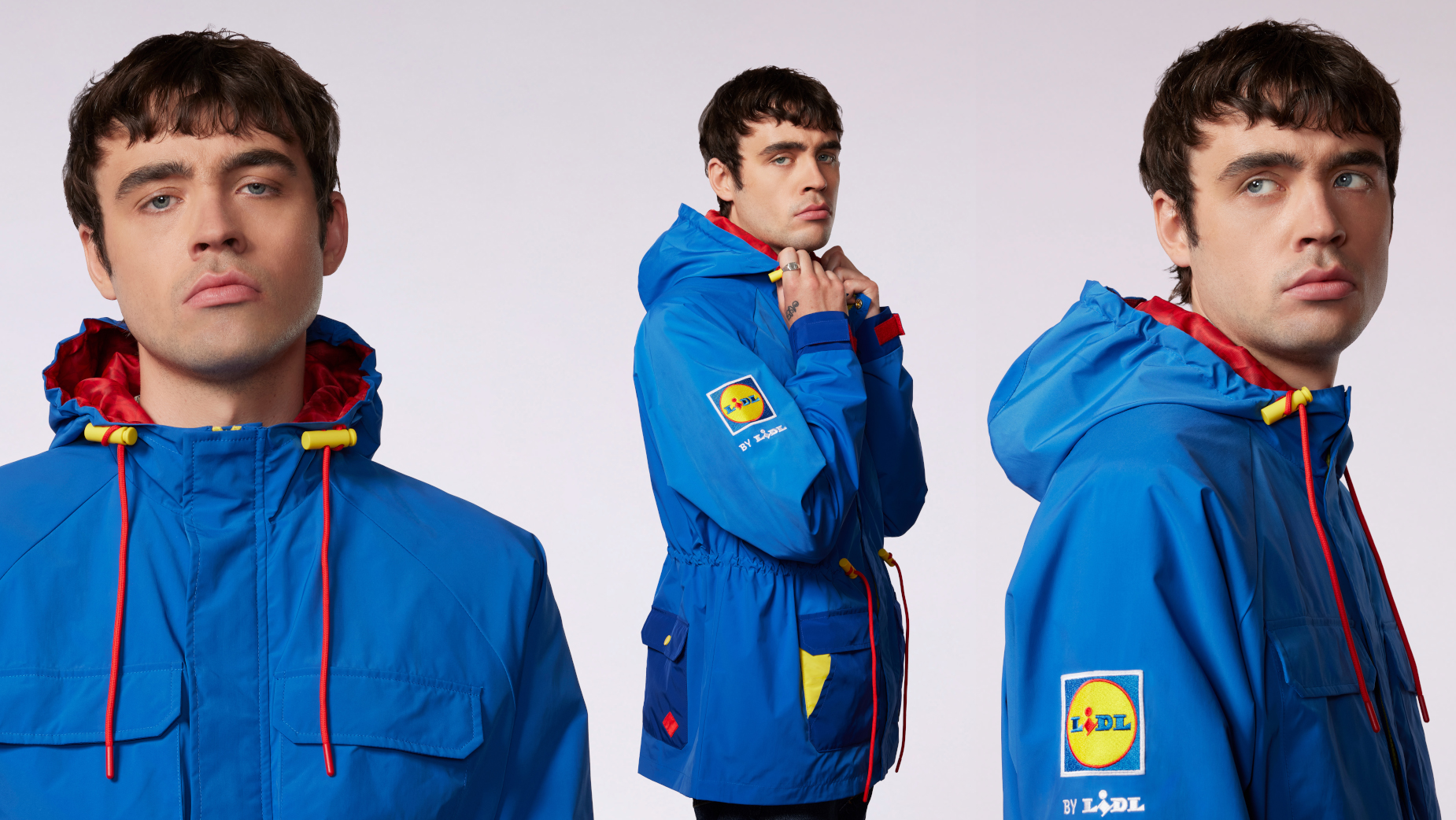
As we move into the cosy autumn season, we must bid a fond farewell to our hot Britpop summer. That (heat)wave of nostalgia-fuelled joyful entertainment evoked one of two experiences – for the older generation, a reminder of the music and memories of their youth, and for the younger generation, an introduction to some of the most iconic music Britain has to offer.
It’s not just Oasis that captured the nostalgic heart of the nation; brands also benefited from this emotional ride. From adidas’ Oasis collection – a co-branded 26-piece range of timeless merch – to Lidl’s take on the parka and Burberry’s campaign celebrating the brothers’ legacy (below), each brand had its very own unordinary idea for the season of nostalgia.
A post shared by Liam Gallagher (@liamgallagher)
A photo posted by on
The ‘madferits’ showed exactly how powerful nostalgia can be. It takes us back to (perceived) happier, simpler times, igniting sentimentality, joy and yearning. There is an instant comfort in fond memories and rose-tinted perspectives, and brands attaching themselves to this emotional response can thrive from this association. An emotional connection to a brand holds significant power, it has the potential to turn a one-time customer into a lifelong fan.
But tapping into nostalgia is a fine line for brands to walk. It might offer a short-term boost (as in the case of the Britpop summer); however, it’s not necessarily a long-term strategy. It can be risky to spend too much time looking backwards instead of forwards, at what the brand needs to do to meet the changing needs of customers.
Even brands that have built up significant status, loyalty and recognition can’t rest on their laurels. The red thread that runs between the brands that have failed is often their failure to adapt to evolving customer needs. To stay current, brands need to keep their eyes on the future and to adapt, to pivot, to find ways of staying relevant accordingly. And often that means refreshing their identities to signal that shift.
But with brands that have the opportunity to use nostalgia to their benefit – such as those with a long history and heritage – the refresh has to be done carefully. If they’ve done their job, those brands have loyal customer bases, many of whom are lifelong fans of the brand and its products and the necessary shifts to appeal to new consumers must not alienate loyalists. (See this piece on how to celebrate a brand's heritage.)
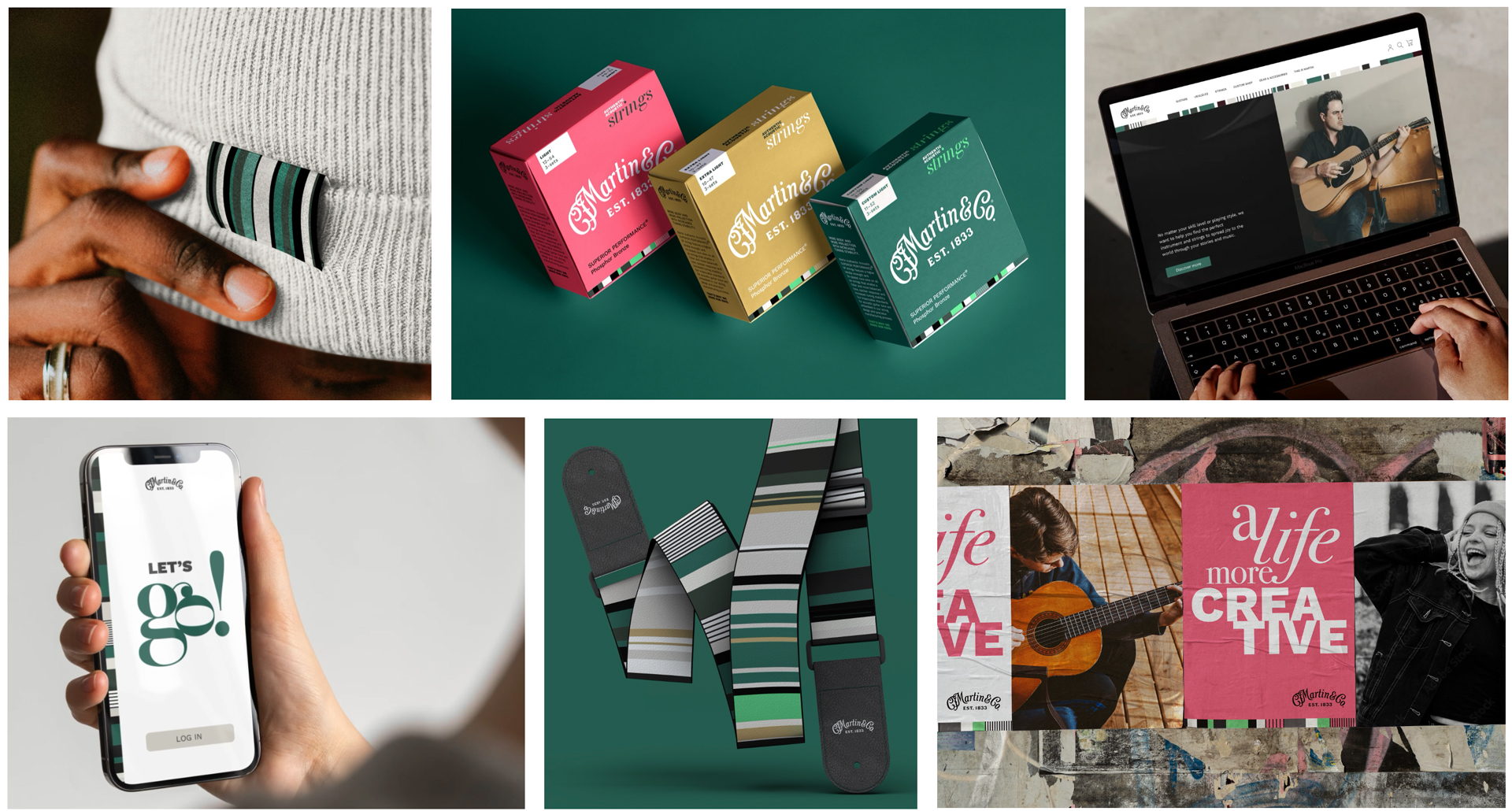
Martin Guitar was one such brand. With a 200-year-old proud history, the brand has made guitars played by all the greats, from Eric Clapton to Kurt Cobain. It recognised that to stay relevant, it needed to appeal to a new generation and so it shifted its focus from being all about the product to being centred around creativity and its ability to unleash the artist within the player. The accompanying rebrand signalled change but equally retained all the distinctive assets that trigger the positive, nostalgic associations in its loyal consumer base. The result of this rebrand and acknowledgement of nostalgia, one year on, was double-digit growth and a new audience of younger players and women alongside the accomplished guitarists who had long chosen this brand.
Daily design news, reviews, how-tos and more, as picked by the editors.
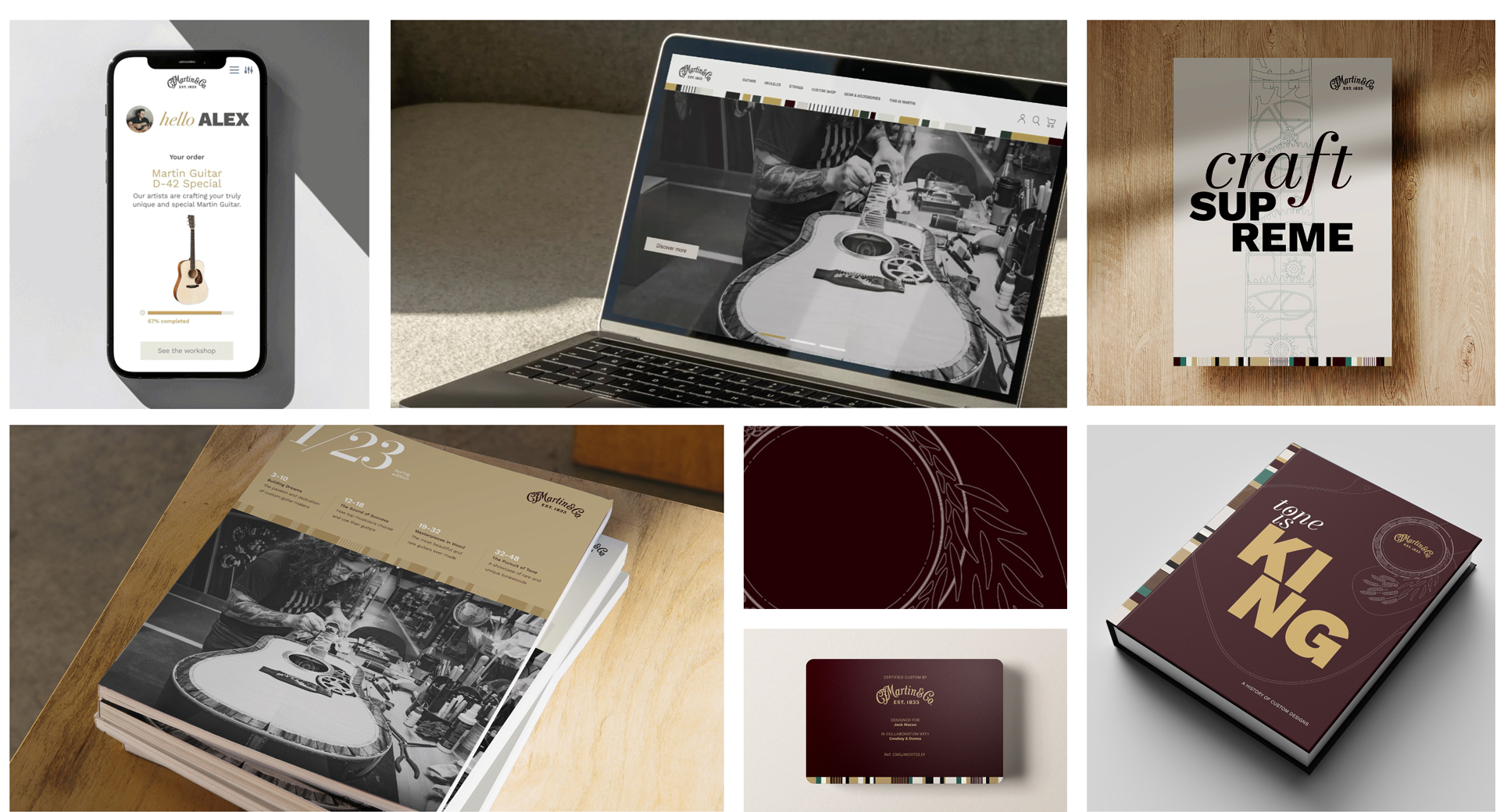
Cracker Barrel has also recently shown just how powerful nostalgia is. Its rebrand was an attempt to revitalise the brand, featuring a stripped-back logo and dropping its 'Old Timer' character for a more simplistic, fresh look. But the reaction from established customers was unexpected and fierce. After significant backlash, the pinnacle of which was the negative response from the President, the brand scrapped the new logo and its familiar Old Timer returned. The failure of Cracker Barrel’s rebrand is a story of a brand underestimating its assets and just how connected some customers felt towards it.
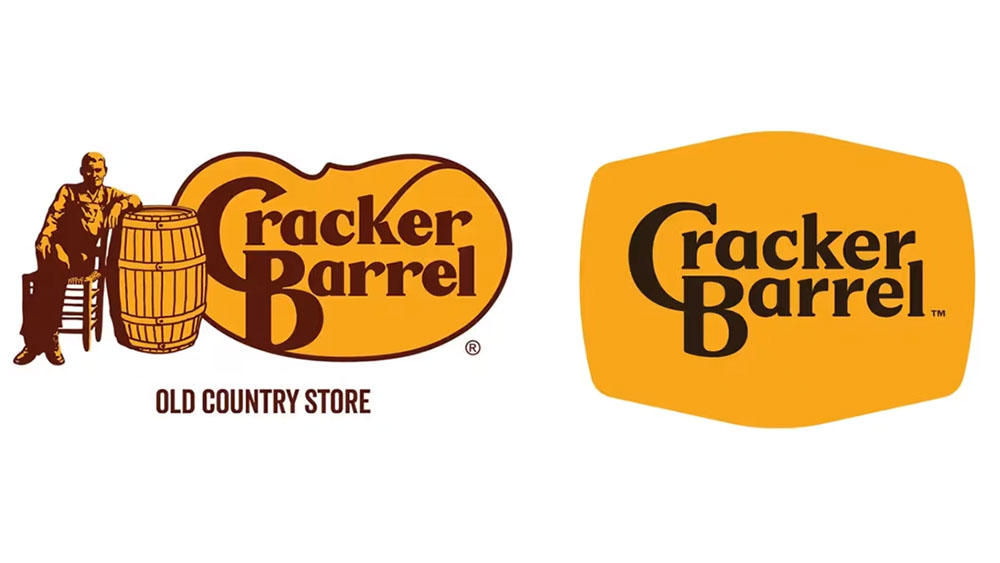
That being said, it cannot be denied that Cracker Barrel was in need of a refresh. While its logo evidently has a strong fan base, it is outdated and doesn’t feel enticing as a modern brand. If it could turn back the clock, Cracker Barrel could have held onto the nostalgia of Old Timer while creating a more refined, up-to-date look.
Every brand will reach a point when it needs to modernise to survive. It is a pivotal moment for any business – to embrace its heritage and the nostalgia that comes with it, or move away from the familiar and risk alienating customers?
Actually, it’s not an either-or. Brands need to look to the future and adapt, giving people what they need. They need to show people they have changed through their actions, their behaviours, their partnerships and through refreshes to their identity.
And this is where much-loved assets and the nostalgia behind them should continue to be honoured, but surrounded with sufficient change to communicate evolving propositions and attitudes, thus ensuring that brands benefit from necessary innovation to stay relevant and appeal to new audiences, as well as embracing nostalgia to keep audiences loyal.
For more on this subject, see our chat with Blackpepper Studio about how to rebrand while respecting a brand's heritage.

With more than 35 years’ experience, Vicky has led Coley Porter Bell for the past 20 years. She has continually evolved our offer to meet the changing needs of brands and spearheads our role in helping clients create unordinary ideas for brands brought to life in truly immersive brand experiences. As part of the CBA network of 9 entrepreneurial studios, Vicky wants to deliver an experience for clients which is the antidote to the one size fits all approach of the monolithic agencies. One where clients get all the benefits of small - senior level teams empowered to make decisions, agility and nimbleness and a bespoke approach; alongside the benefits of big, being part of WPP, with the global reach, access to technology and breadth of talent that brings.
You must confirm your public display name before commenting
Please logout and then login again, you will then be prompted to enter your display name.
